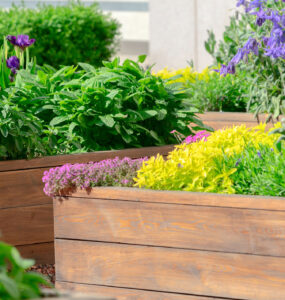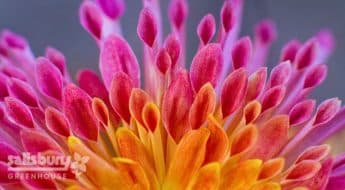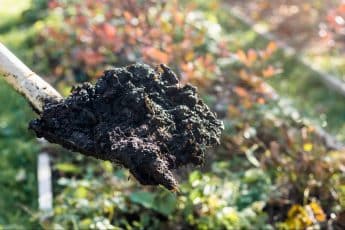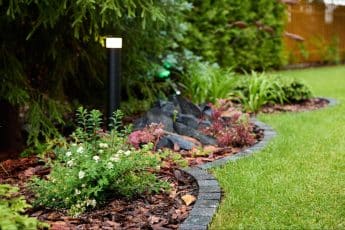by Rob Sproule
When it comes to plants, the geek in me loves everything strange. Plants that push the boundaries of what’s possible in evolution always keep me coming back, whether they’re insect mimicking orchids, insect devouring fly-traps, or the jungle canopy dwelling Tillandsia, which never fail to widen the eyes of every newcomer.
Tillandsia, also known by the misleading Air-Plants, are a genus in the mighty Bromeliad family. Endemic to the America’s, the greatest Tillandsia populations are in Central America and the Northern part of South America.
There are about 450 known species, but given that many of them call only the highest canopy of the deepest, most inaccessible jungles home, it’s not uncommon for new to science species to be found.
Despite their oddity, they’re one of the easiest houseplants to care for. They grow slowly and, eventually, reproduce by forming clumps of “pups”, which in the wild can turn a plant the size of a thumb into a cluster the size of a small car.
Choosing your Tillys
Before choosing your Tillandsia, ask yourself what you want to do with it. Unlike potted plants, they don’t come in a ready-to-place on-the-windowsill container. This opens to door to a world of creativity which reveals just how versatile they are!
A quick Pinterest or Google search will unearth countless ways that people display Tillandsia, from gluing them on wood (non-painted or treated) to assembling elaborate sculptures. If you’re a beginner, I suggest creating, or buying pre-made, a grapewood arrangement.
The fun part is browsing the sizes, textures, and exquisite shapes of the different species. As far as care goes, silver and/or thick leaves indicate an arid habitat, so it will want to be kept on the dry side. The greener, glossier, and thinner the leaves are, the deeper the jungle it hails from the more moisture it will need.
Basic Care: Water and Humidity
Contrary to its unfortunate and often destructive nick-name, Tillandsia can’t live on air alone. While it’s true that they have specially adapted pores, called trichomes, that pull moisture and nutrients from the air, all of them need supplemental water to survive.
If it’s a green leaved, tropical type, water 2-3 times a week. Misting helps but isn’t enough by itself; run your plants under a slowly running stream of tepid tap water. If it’s leaves are curling at the edges, drooping, or wrinkled, submerge it for up to an hour (never submerge a flower in bloom or the petals will dissolve).
It’s counter-intuitive, but never water with distilled water; it’s so pure that it will actually steal much needed nutrients. Plain, tepid tap water is best.
Thanks to their trichomes, tillys really don’t need fertilizer. If you’re a keener, however, food will make them thrive even more but be wary not to overdue it as it’s very easy to burn them. Use an all purpose fertilizer with all 3 numbers basically the same (avoid high first number/ nitrogen) monthly at a quarter of the recommended strength.
Basic Care: Light and Temperature
Other than not enough water, the second mistake people mistake is not giving their Tillandsia enough light. Display them in a well-lit room, preferably near a window. They do surprisingly well in offices thanks to the broad spectrum of light that fluorescents throw.
They’ll tolerate a wide range of temperatures, from just above freezing to over 30 degrees C. Move them outdoors in the spring for the best performance, just ensure to protect them from our direct, desiccating afternoon sun.
















